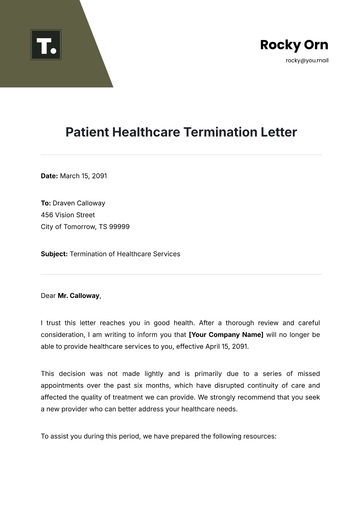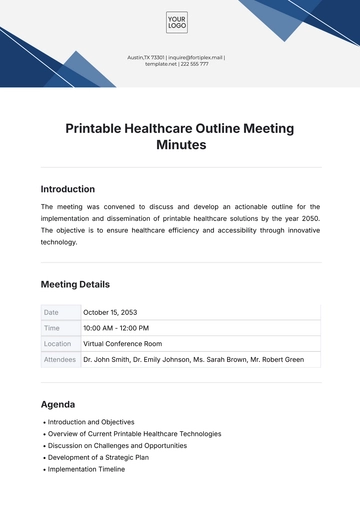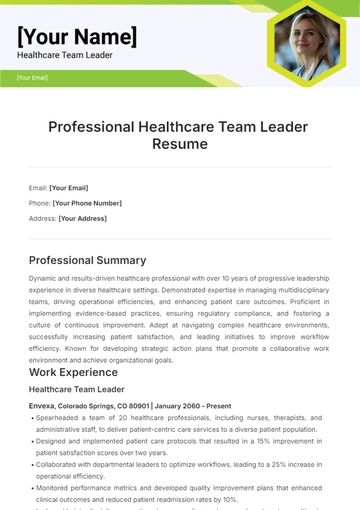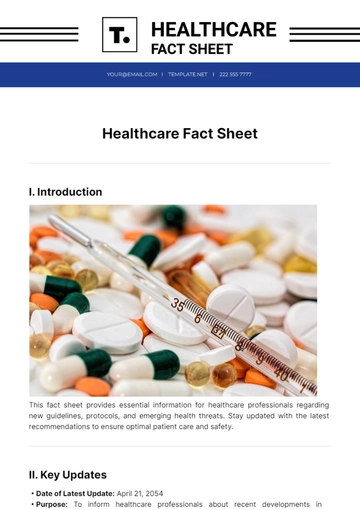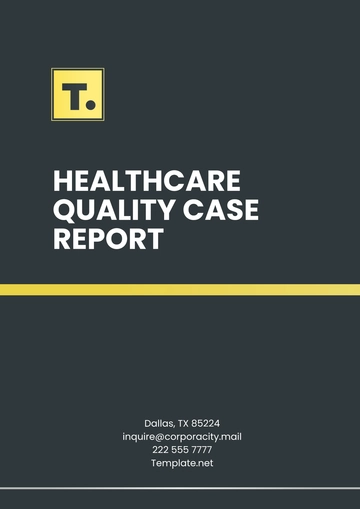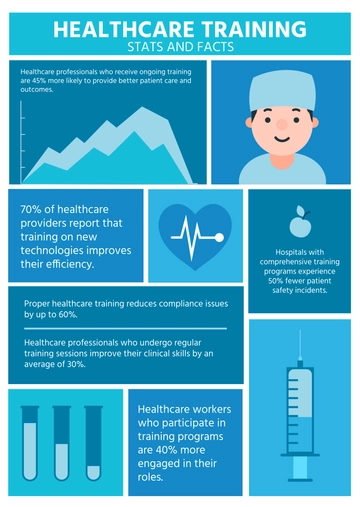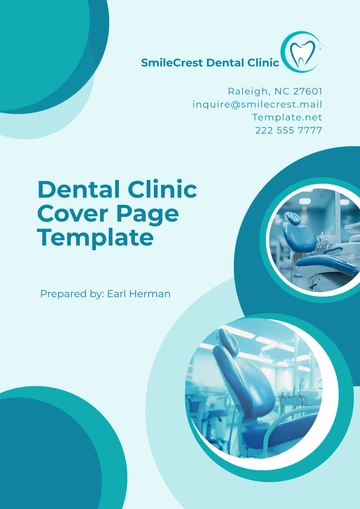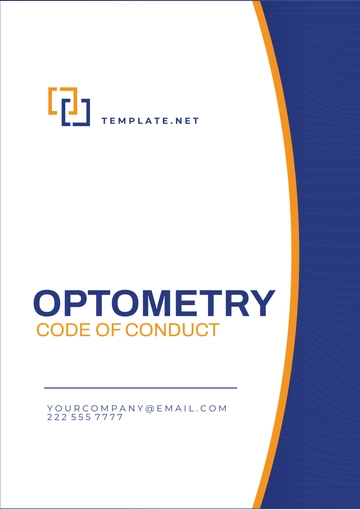Free Medicine Case Study
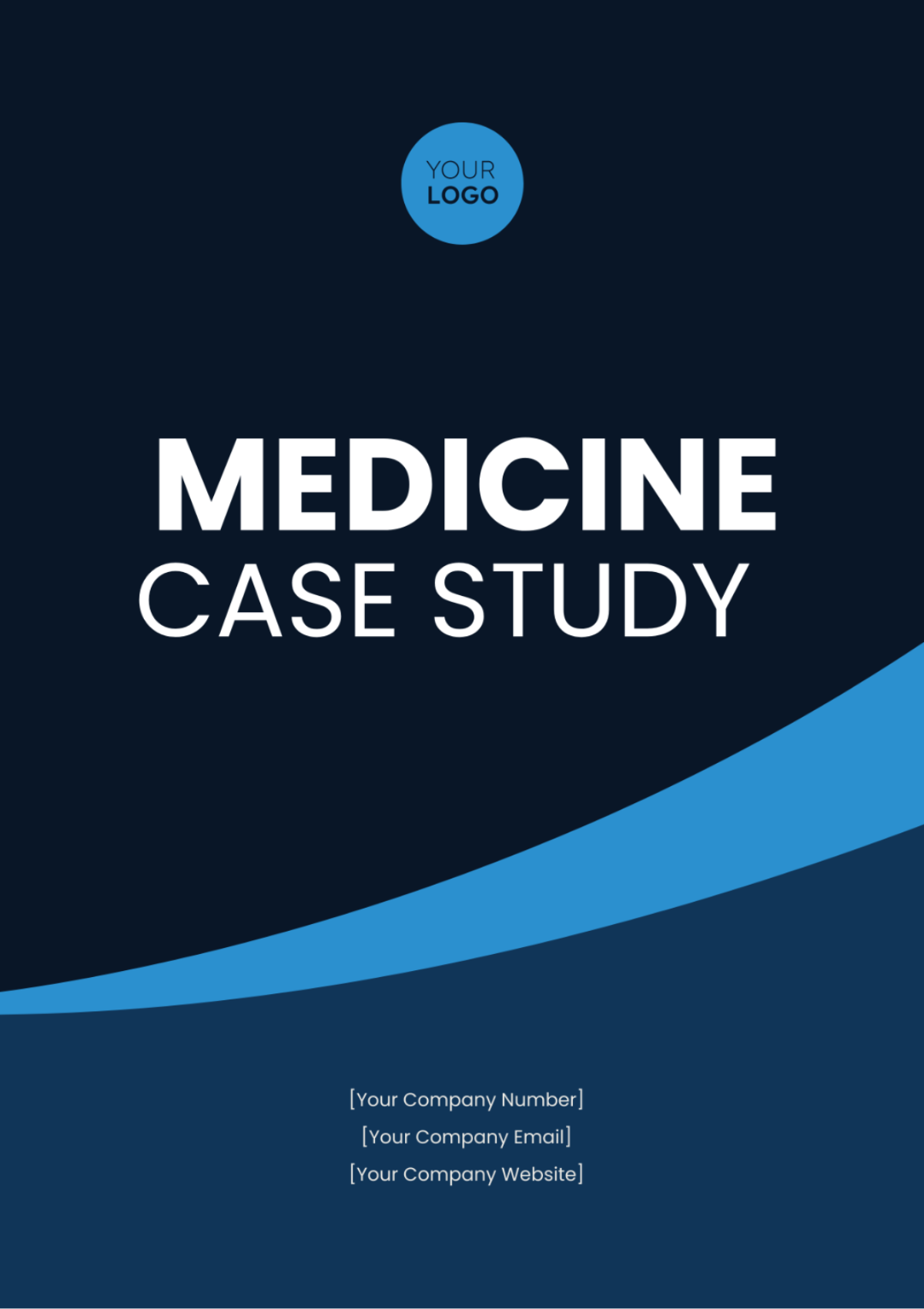
I. Introduction
Patient: [Patient's Name]
Condition: Acute Myocardial Infarction (AMI)
Objectives: Carry out a detailed examination and evaluation of the varied diagnostic procedures and multiple therapeutic strategies that are utilized for the management of Acute Myocardial Infarction.
II. Patient History
Age: 60 years
Gender: Male
Biological details: BMI 28, ex-smoker (quit 10 years ago), moderate physical activity
Past medical treatments: Hypertension managed with ACE inhibitors
Family history: Father had a history of AMI at age 65
Lifestyle: Balanced diet with occasional high-fat meals, moderate alcohol consumption
III. Symptoms Presentation
Symptoms: [Patient's Name] experienced a sudden onset of chest pain that radiated to his left arm, accompanied by sweating and shortness of breath. These classic symptoms are indicative of a potential cardiovascular event, such as Acute Myocardial Infarction (AMI).
Onset: The symptoms appeared acutely during a morning walk, suggesting an immediate onset of distress. This sudden manifestation is critical in identifying the urgency of medical intervention and the severity of the underlying condition.
Impact: The severity of the chest pain significantly impacted [Patient's Name] mobility, highlighting its debilitating nature. While rest provided partial relief, the persistent discomfort underscores the urgency of addressing the underlying cause to prevent further complications.
IV. Diagnostic Evaluation
ECG: [Patient's Name] ECG showed ST-segment elevation specifically in leads II, III, and aVF. This pattern is indicative of an inferior wall Myocardial Infarction (MI), providing crucial information about the location and type of cardiac event.
Cardiac Enzymes: Elevated Troponin levels were detected in [Patient's Name] blood tests. Troponin is a sensitive marker for myocardial damage, and its elevation confirms the presence of cardiac injury, further supporting the diagnosis of MI.
Echocardiogram: The echocardiogram revealed a reduced ejection fraction (EF), indicating impaired cardiac function. This finding suggests that the heart is pumping less effectively than normal, highlighting significant cardiac dysfunction likely resulting from the myocardial infarction.
V. Diagnosis
Final Diagnosis: [Patient's Name] final diagnosis is an Acute Myocardial Infarction (AMI) specifically affecting the inferior wall of his heart. This diagnosis is based on clinical symptoms, diagnostic test results like ECG findings, and elevated cardiac enzymes, confirming acute cardiac muscle damage due to inadequate blood flow.
Differential: Initial diagnoses of angina and aortic dissection were ruled out upon observing ST-segment elevation indicative of myocardial infarction in ECG findings. Angina usually shows transient chest discomfort alleviated by rest or medication, while aortic dissection presents severe, tearing chest pain spreading to the back, distinguishing them from AMI.
VI. Treatment Plan
Medication: [Patient's Name] is on Aspirin, Clopidogrel, IV thrombolytics, Beta-blockers, ACE inhibitors, and Statins for clot prevention, blood pressure, and cholesterol management.
Invasive: Invasive procedures like coronary angiography may be performed to visualize blockages in heart arteries, followed by angioplasty (balloon dilation) and stenting to restore blood flow if necessary.
Patient Response: [Patient's Name] responded well to treatment with pain relief, stabilized cardiac enzymes indicating reduced heart damage, and improved ejection fraction (EF) post-intervention, showing improved heart function.
VII. Outcome and Follow-up
Outcome: The acute myocardial infarction (AMI) was managed successfully without major complications, and [Patient's Name]EF improved to baseline levels, indicating restored cardiac function.
Follow-up: [Patient's Name] is recommended to undergo cardiac rehabilitation to regain strength and endurance, make lifestyle modifications including dietary changes and regular exercise, and attend regular cardiac check-ups to monitor heart health.
VIII. Lessons Learned and Conclusion
Lessons: The case emphasizes the importance of recognizing AMI symptoms promptly and the critical role of immediate medical intervention in improving outcomes.
Conclusion: The case demonstrates successful management of AMI with a combination of medications, invasive procedures like angioplasty/stenting, and post-event care including cardiac rehabilitation and lifestyle modifications, leading to positive patient outcomes and improved cardiac function.
- 100% Customizable, free editor
- Access 1 Million+ Templates, photo’s & graphics
- Download or share as a template
- Click and replace photos, graphics, text, backgrounds
- Resize, crop, AI write & more
- Access advanced editor
Elevate medical research using Template.net's Medicine Case Study Template. Editable and customizable, this template simplifies data organization for comprehensive analyses in medical studies. Utilize our Ai Editor Tool for easy customization and professional formatting, ensuring impactful case study documentation. Empower your team to communicate research findings effectively, contributing to advancements and innovations in the medical field with clarity.








